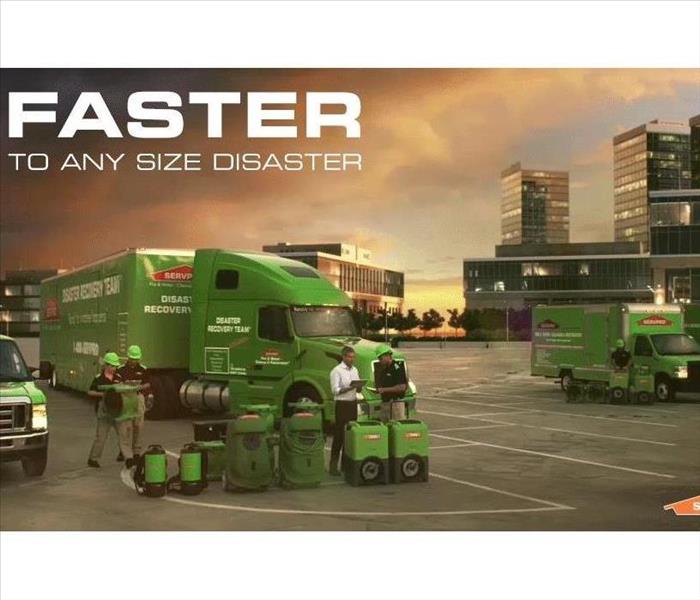Storm Surge
2/9/2022 (Permalink)
Storm surge is the unusual rise of water that happens during a big tropical storm. When the water rises, dangerous flooding can happen near the coast. Storm surges are different from high tides, but when a storm surge happens during high tide, it can result in even higher water. Sometimes the water can rise twenty feet and that does not mean there is one 20-foot wave that quickly goes away; it means that the water level rises that much, so it can go extremely far inland if the ground is flat.
The maximum potential storm surge for a particular location depends on a number of different factors. Storm surge is a complex phenomenon because it is sensitive to the slightest changes in storm intensity, forward speed, size (radius of maximum winds-RMW), angle of approach to the coast, central pressure (minimal contribution in comparison to the wind), and the shape and characteristics of coastal features such as bays and estuaries.
The biggest threat to human life during a hurricane is often the storm surge. In previous storms, people have failed to flee because they did not grasp the storm surge's deadly threat. That was the case for 2013's Super Typhoon Haiyan, which left 7,350 dead or missing in the central Philippines, primarily due to the surge. A wall of water estimated to be 24.6ft high, blasted into coastal towns like Tacloban, a city of 240,000 people.
Storm surges can extend for dozens of miles inland, overwhelming buildings quickly and cutting off roads. People can end up drowning in their cars or homes. The walls of water can begin before storms even make landfall, making it harder to sound the alarm in time to save lives.
The best way to avoid storm surge is to remove yourself from harm’s way. Evacuate before the storm hits to keep you and your family safe.
If your home has been damaged by a storm or water intrusion do not delay, call
SERVPRO of Santa Rosa County
850-939-4700

 24/7 Emergency Service
24/7 Emergency Service
